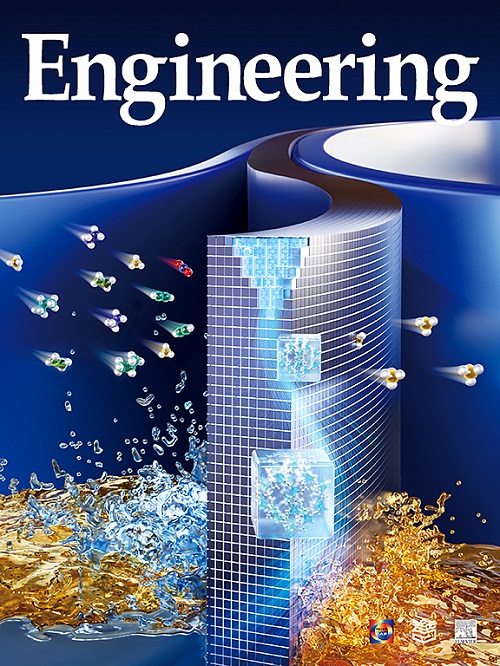Acoustofluidics-Based Intracellular Nanoparticle Delivery
IF 10.1
1区 工程技术
Q1 ENGINEERING, MULTIDISCIPLINARY
引用次数: 0
Abstract
Controlled intracellular delivery of biomolecular cargo is critical for developing targeted therapeutics and cell reprogramming. Conventional delivery approaches (e.g., endocytosis of nano-vectors, microinjection, and electroporation) usually require time-consuming uptake processes, labor-intensive operations, and/or costly specialized equipment. Here, we present an acoustofluidics-based intracellular delivery approach capable of effectively delivering various functional nanomaterials to multiple cell types (e.g., adherent and suspension cancer cells). By tuning the standing acoustic waves in a glass capillary, our approach can push cells in flow to the capillary wall and enhance membrane permeability by increasing membrane stress to deform cells via acoustic radiation forces. Moreover, by coating the capillary with cargo-encapsulated nanoparticles, our approach can achieve controllable cell-nanoparticle contact and facilitate nanomaterial delivery beyond Brownian movement. Based on these mechanisms, we have successfully delivered nanoparticles loaded with small molecules or protein-based cargo to U937 and HeLa cells. Our results demonstrate enhanced delivery efficiency compared to attempts made without the use of acoustofluidics. Moreover, compared to conventional sonoporation methods, our approach does not require special contrast agents with microbubbles. This acoustofluidics-based approach creates exciting opportunities to achieve controllable intracellular delivery of various biomolecular cargoes to diverse cell types for potential therapeutic applications and biophysical studies.
基于声流体学的细胞内纳米颗粒递送
生物分子货物的细胞内可控递送对于开发靶向治疗药物和细胞重编程至关重要。传统的递送方法(如纳米载体的内吞、微注射和电穿孔)通常需要耗时的吸收过程、劳动密集型操作和/或昂贵的专用设备。在这里,我们提出了一种基于声学流体技术的细胞内递送方法,能够有效地将各种功能纳米材料递送到多种类型的细胞(如粘附细胞和悬浮癌细胞)。通过调节玻璃毛细管中的驻留声波,我们的方法可以将流动中的细胞推向毛细管壁,并通过声辐射力增加膜应力使细胞变形,从而提高膜的通透性。此外,通过在毛细管上包覆货物封装的纳米粒子,我们的方法可以实现可控的细胞-纳米粒子接触,促进纳米材料的输送,而非布朗运动。基于这些机制,我们成功地将装载有小分子或基于蛋白质的货物的纳米颗粒输送到 U937 和 HeLa 细胞中。与不使用声学流体技术的尝试相比,我们的结果表明输送效率有所提高。此外,与传统的声穿方法相比,我们的方法不需要使用带有微气泡的特殊造影剂。这种基于声学流体技术的方法创造了令人兴奋的机会,可将各种生物分子货物可控地输送到不同类型的细胞内,用于潜在的治疗应用和生物物理研究。
本文章由计算机程序翻译,如有差异,请以英文原文为准。
求助全文
约1分钟内获得全文
求助全文
来源期刊

Engineering
Environmental Science-Environmental Engineering
自引率
1.60%
发文量
335
审稿时长
35 days
期刊介绍:
Engineering, an international open-access journal initiated by the Chinese Academy of Engineering (CAE) in 2015, serves as a distinguished platform for disseminating cutting-edge advancements in engineering R&D, sharing major research outputs, and highlighting key achievements worldwide. The journal's objectives encompass reporting progress in engineering science, fostering discussions on hot topics, addressing areas of interest, challenges, and prospects in engineering development, while considering human and environmental well-being and ethics in engineering. It aims to inspire breakthroughs and innovations with profound economic and social significance, propelling them to advanced international standards and transforming them into a new productive force. Ultimately, this endeavor seeks to bring about positive changes globally, benefit humanity, and shape a new future.
 求助内容:
求助内容: 应助结果提醒方式:
应助结果提醒方式:


